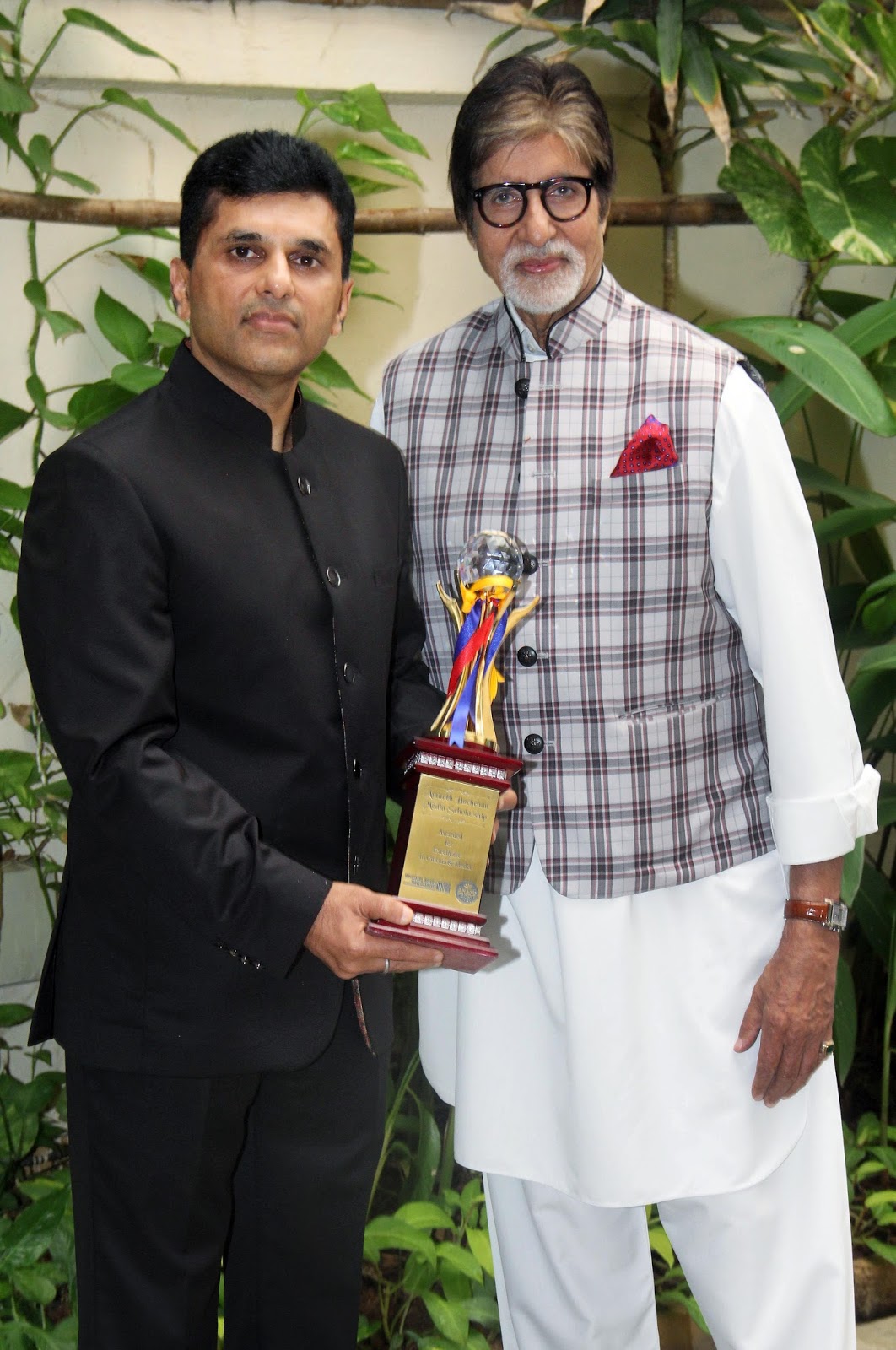Desi Flavour in B-town
Since 1913 to 2010, Indian film industry has gone through drastic changes in terms of storytelling, content, technique and presentation. In its nascent phase Bollywood derived its stories from popular Indian mythology. Mystic figures like Ram and Krishna dominated the silver screen for nearly two decades. But the religious drama did not appeal to some film-makers of thirties and forties. When visionaries like V.Shantaram, Himanshu Rai and Vimal Rai entered the domain of Bollywood, they bought their innovative ideas with themselves. Soon after the introduction of sound these directors found a more appealing and comprehensive way of translating their thoughts into films and thus showed their directorial prowess on the silver canvass. Rusticity replaced the long lasting mythological genre and films depicting rural way of life became a popular genre of portraying villagers’ misery, despair and adversity. Films like Do Bigha Jameen and Mahboob Khan’s classic ‘Mother India’ became the defining quintessential of this genre.
The time changed. So did the genre. In seventies the audience saw the emergence of the angry young man, who raised his voice to defy the current system which all together was corrupt and callous. Up to nineties the angry young man had veiled himself under the image of chocolaty- hero, who seemed untouched by the hardship and oddities of life. He splurged his father’s money flying to America and Europe. But his heart still did not stop from beating for his lady-love. He returned to his roots to convey his message of love through pleasing and soothing songs and to persuade the girl’s father without flowing rivers of blood.
If we look at latest trend in Bollywood, we find out that most of the critically acclaimed films of this year so far have been those which have rural setting as background. Be it Shyam Benegal’s small budget saga ‘Well Done Abba, Vishal Bhardwaj’s highly intriguing and saucy entertainer, ‘Ishqia’ or Amir Khan’s engaging tale of farmer suicides, ‘Peepli (Live). Each film showcases hinterland’s life in a more realistic manner. If Well Done Abba talks about red-tape corruption prevailing in rural India, Peepli (Live) tackles the issue of farmer suicides, the phenomena that has garnered enough media coverage in the last three to five years, sensitively. Ishqia, set in rural hinterland of UP, explores the lives of three main protagonists. The rural backdrop in the film has been captured vividly with great aplomb. Though the Darma Production and the Yash Raj Films still boast of foreign locations and huge eye-catching sets, a new kind of cinema is rising in Bollywood. This cinema is increasingly turning to rural India for undiscovered and fresh stories. Ishqia, Well Done Abba and Peepli (Live) are just few examples of films where villages play an important role in unfolding the story to the audience.
If we look at latest trend in Bollywood, we find out that most of the critically acclaimed films of this year so far have been those which have rural setting as background. Be it Shyam Benegal’s small budget saga ‘Well Done Abba, Vishal Bhardwaj’s highly intriguing and saucy entertainer, ‘Ishqia’ or Amir Khan’s engaging tale of farmer suicides, ‘Peepli (Live). Each film showcases hinterland’s life in a more realistic manner. If Well Done Abba talks about red-tape corruption prevailing in rural India, Peepli (Live) tackles the issue of farmer suicides, the phenomena that has garnered enough media coverage in the last three to five years, sensitively. Ishqia, set in rural hinterland of UP, explores the lives of three main protagonists. The rural backdrop in the film has been captured vividly with great aplomb. Though the Darma Production and the Yash Raj Films still boast of foreign locations and huge eye-catching sets, a new kind of cinema is rising in Bollywood. This cinema is increasingly turning to rural India for undiscovered and fresh stories. Ishqia, Well Done Abba and Peepli (Live) are just few examples of films where villages play an important role in unfolding the story to the audience.


Comments
Post a Comment